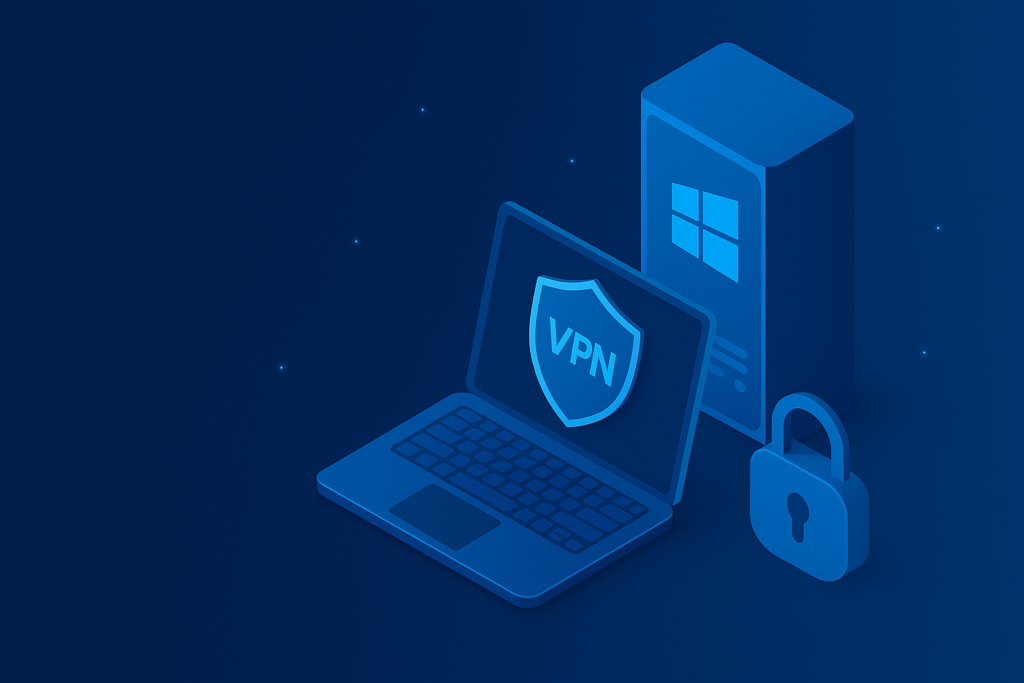Comprehensive Guide to Google VPS Pricing
When it comes to cloud hosting, Google Cloud VPS is a p...






If you're looking to create a secure, private connection for remote users to access your network, setting up a VPN using RRAS (Routing and Remote Access Service) on a Windows Server is a practical solution. At SurferCloud, we know how crucial secure connections are—especially when hosting on a cloud server.

What is RRAS and Why Use It for a VPN?
RRAS is a built-in Windows Server feature that enables both routing and VPN services. It's ideal for small to medium-sized businesses that need encrypted tunnels for remote users to access internal resources securely. By configuring RRAS as a VPN server, you eliminate the need for third-party VPN software while maintaining enterprise-grade protection.
System Requirements:
Before starting, make sure your Windows Server is updated and that you have:
Steps to Set Up VPN with RRAS on Windows Server
VPN RRAS Setup – Common Questions Answered
Q: Is RRAS suitable for large-scale VPN deployment?
A: RRAS works best for small to mid-size teams. For enterprise-level needs, consider cloud-native VPN services integrated with SurferCloud’s infrastructure.
Q: Can I use RRAS with a dynamic IP address?
A: It's highly recommended to use a static IP. If not, set up a dynamic DNS service to manage IP changes.
Q: What’s the difference between PPTP and L2TP in RRAS?
A: PPTP is easier to set up but offers weaker encryption. L2TP/IPsec provides stronger security but requires more complex configuration and certificate management.
Q: How can I troubleshoot a failed connection?
A: Verify user credentials, open necessary ports, and ensure the RRAS service is running. Also, check that the user has VPN access enabled.
Conclusion
Setting up RRAS as a VPN server is a secure and cost-effective method to enable remote access. At SurferCloud, we recommend pairing your VPN setup with a high-speed, reliable cloud server to get the best performance and uptime.
Whether you're managing a distributed team or securing remote development access, combining RRAS with our robust cloud infrastructure can ensure data privacy and continuous availability.
When it comes to cloud hosting, Google Cloud VPS is a p...
Why Virtual Desktops Are a Game-Changer for Remote Work...
Minecraft in 2025 – Still Going Strong Minecraft r...